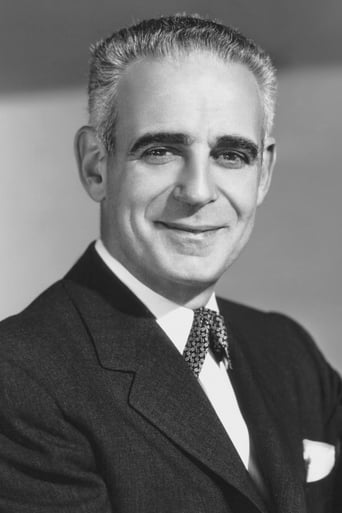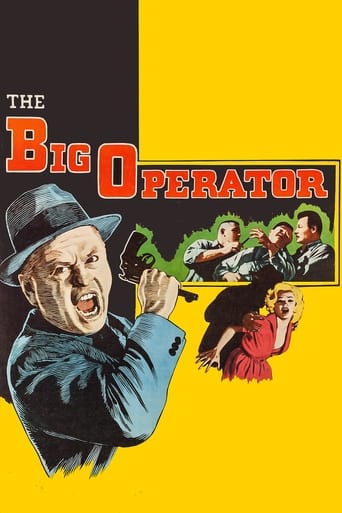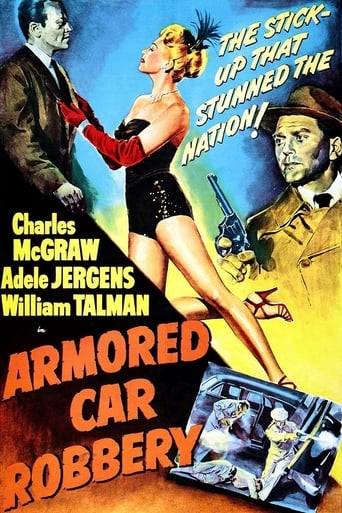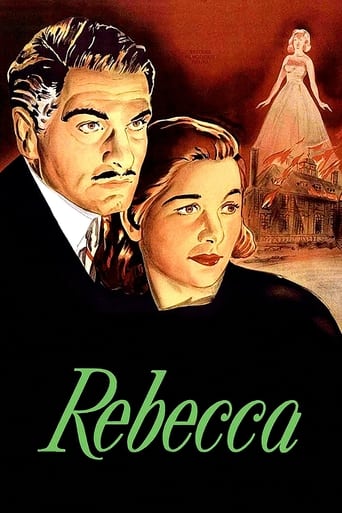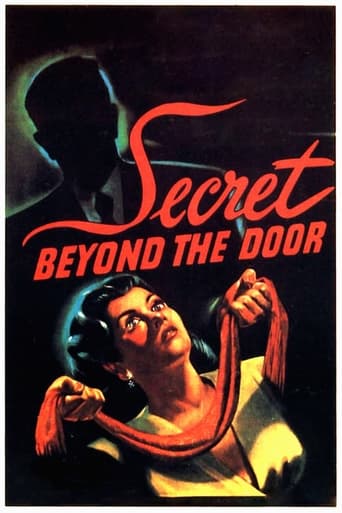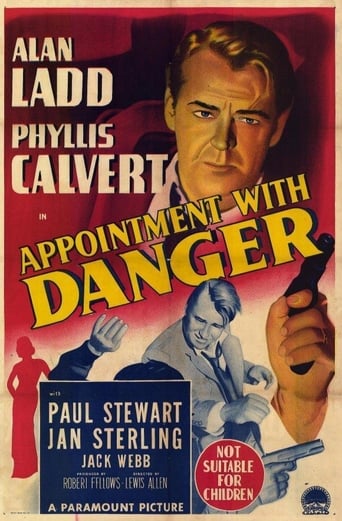
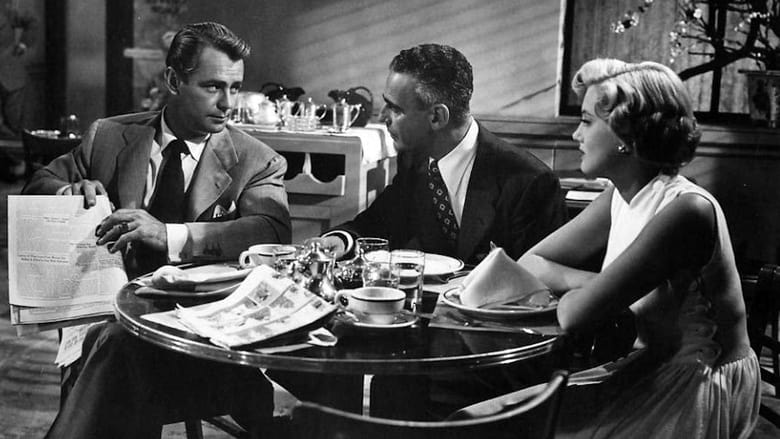
Appointment with Danger (1951)
Al Goddard, a detective who works for the United States Postal Inspection Service, is assigned to arrest two criminals who've allegedly murdered a U.S. postal detective.
Watch Trailer
Cast
Similar titles
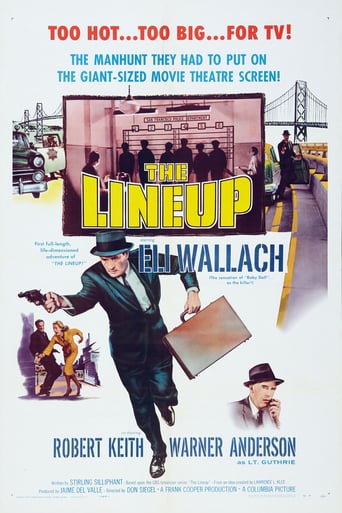
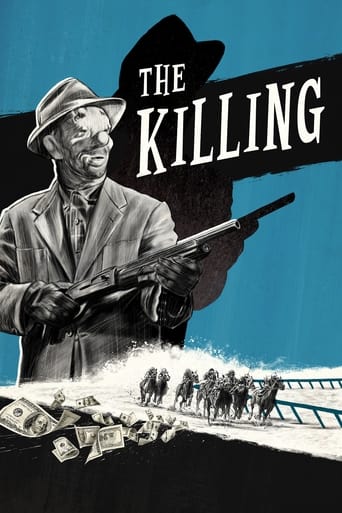
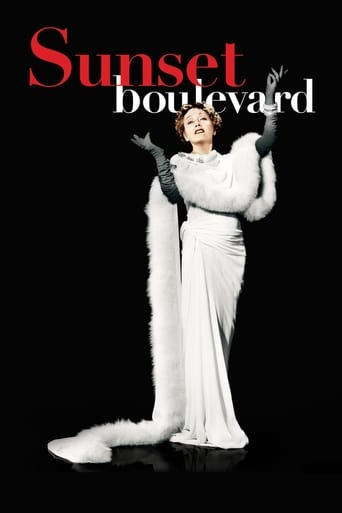
Reviews
best movie i've ever seen.
It's not great by any means, but it's a pretty good movie that didn't leave me filled with regret for investing time in it.
what a terribly boring film. I'm sorry but this is absolutely not deserving of best picture and will be forgotten quickly. Entertaining and engaging cinema? No. Nothing performances with flat faces and mistaking silence for subtlety.
This is one of the best movies I’ve seen in a very long time. You have to go and see this on the big screen.
A humorless postal inspector goes undercover to thwart a planned mail robbery and apprehend those who murdered a fellow inspector. In the process, he encounters: a sadistic gunsel, a blonde floozie, and a pious nun, among others.The movie's a spotty docu-drama that dramatizes the role of a generally over-looked enforcement agency, namely the Department of Postal Inspection that protects our mails. There were a number of these docu-dramas from the late 40's and early 50's, largely in the style of The Naked City (1948). Generally they lauded law enforcement agencies such as Treasury, FBI, metropolitan police, and others. As movies, they had built-in appeal by dealing with crime in a more realistic way than usual, and also for their Cold War value as a first line of defense against presumed Soviet subversion. Some dealt more with departmental procedure, while others slipped into melodrama or noir, (T-Men, {1947}).AwD relies more on melodrama than procedure. In fact, it's hard to discern much difference between it and standard police drama. One thing—it's certainly not noir—being filmed in flat, naturalistic style and without a morally ambiguous central character or other earmarks of that atmospheric genre. I agree with another reviewer that the term 'noir' is thrown around much too loosely. Apparently, this was Alan Ladd's swan song with his home studio, Paramount. Despite his short stature and pretty boy good looks, the actor could indeed project a strong unsmiling presence. Here, he manages some of that commanding presence, but generally glides through the role in one-note, uninteresting fashion. Perhaps this is as much a fault of the screenplay as his or the director's. After all, his Inspector Goddard is supposed to be emotionally flat and unfeeling. To me, the movie's best parts are a vicious Jack Webb, a supremely coy Jan Sterling, and an unvarnished look at Gary, Indiana's jagged skyline. Also, there's that great shot of Goddard's one punch "ko" of the surly Regas (Webb) on a handball court. It's a jolting slice of staging and the movie's best. Then there's that imaginative bit of business with the bronzed baby shoes, along with a number of snappy lines, especially the innuendo from the wanton blonde, Dodie (Sterling). Her role, I suspect, was added for sex appeal, since the character herself is inessential to the plot. Note too how every guy, good or bad, sports a spiffy suit and tie. It's like they paraded every day through Wardrobe, which they probably did. On a more negative note, I could have done without the goody-goody nun (Calvert), which is out of tune with the rest of the film, but definitely in tune with Cold War needs of the time. Such outside political influences are worth noting here, considering Hollywood's well-known fingers to shifting winds and how they often shape content.All in all, the movie's a decent melodrama, but too spotty and loose to rank with better docu-dramas of the time. I'm just sorry the material didn't get a tighter screenplay, and perhaps a lead actor who was not a celebrity star and the compromises that go with that.
Appointment with Danger is directed by Lewis Allen and written by Richard L. Breen and Warren Duff. It stars Alan Ladd, Phyllis Calvert, Paul Stewart, Jan Sterling, Jack Webb, Stacy Harris and Harry Morgan. Music is by Victor Young and cinematography by John F. Seitz. Al Goddard (Ladd) is a U.S. Postal Inspector sent to investigate the grim murder of one of his colleagues. There's a witness to locate and possibly protect, a nun, Sister Augustine (Calvert), and soon enough Al has to go undercover as a crook to infiltrate the gang responsible for the murder. Not only that, but they plan to steal one million dollars being transported by the U.S.P.S., clearly Al has a lot on his plate. Alan Ladd's last film noir (though it barely qualifies as such) is good entertainment that relies on hardboiled speak more than it does action or mystery. A great opening involving the murder is kind of a false dawn, in that the mood and visual strengths on show here are rarely reproduced during rest of pic. However, that is a small complaint in truth because it's so much fun to be around Ladd's Al Goddard. We quickly learn that he is basically a great cop but not much of a human being, since we know who did the murder from the off, we have to rely on Goddard's undercover operation for our suspense quota, which comes in spades. Goddard is constantly at threat of being exposed, he has to consistently think on his feet, have a quip or yarn to spin to deflect suspicion, so this keeps things spicy in the story. The strand involving Calvert's nun is a weak one, it's clearly a narrative device to smooth out Goddard's rough edges, but it never really works and that the writers turn her into a dumb ass late in the play is annoying. Another irritant is that Sterling (wasted) as Paul Stewart's (good villain value as usual) moll really doesn't impact on proceedings, she wanders in and out of the film promising to be a femme fatale, but it never happens and after playing out as a weak red herring she exits with a whimper. Some smart location work is on show, with the backdrop of pool halls and cheap hotels utilised to good effect by Allen and Seitz, and a couple of scenes really sock the jaw; literally in one case! But it never rises above being a routine cops and robbers based homage to the U.S.P.S. Inspectors. Thankfully Ladd is on form and delivers the best parts of the screenplay with a steely cold sharpness that positively tickles the fancy of noir lovers. 6.5/10
When I think of Alan Ladd, I usually think westerns like Shane, but he really did a wide variety of films. He wasn't a great actor, but reportedly one that was easy to work with; hence the large number of roles.Here, he plays a postal detective that is trying to solve a murder. His prime witness is a nun (Phyllis Calvert who was nominated for a BAFTA Best Actress award for Crash of Silence). She really shines in the scenes she is in.Also featured are Jack Webb and Harry Morgan, familiar to many as partners in Dragnet. In this film, they are on the other side of the law, but the familiar characteristics are there.Also featured was the sexy Jan Sterling as the head man's moll. She would go on to get a Best Supporting Actress nomination and a Golden Globe for The High and the Mighty.It was an interesting picture, and Ladd was superb.
Most of the gun-play happens at the very end of this pot boiler so that can't be blamed for the holes in the story leading up to the ho-hum finale. Post Office Inspector Alan Ladd plays his typical snarky, smarmy, role who infiltrates the bad guys in order for the good guys to win. A nun is thrown in for a dose of Godly morality and the ever wonderful Jan Sterling is here too as the wise cracking moll of the top bad guy--she protects Ladd in the end only to tell him she hopes they kill him. Oh well. Then there's one of the bad guys who finds out about Ladd and before he can squeal he disappears from the script. Oh well. Then there's no explanation why they killed the other Post Office cop in scene one. Oh well. Jack Webb is here with Henry Morgan and they appear together just like in Dragnet on TV and Webb's name is Joe too. Webb kills Morgan with a pair of bronzed baby shoes. Touching. Oh well. Webb gets plugged in the end in a gun struggle between Ladd and him. You know, the same old scene where the hero and bad guy struggle and then a shot is fired and you don't know who got plugged until one of them says something witty. Oh well. This movie tries. It fails, mostly because the story is full of holes just like the ones in the bad guy at the end when Ladd tells him he died a rich man. Oh well.


